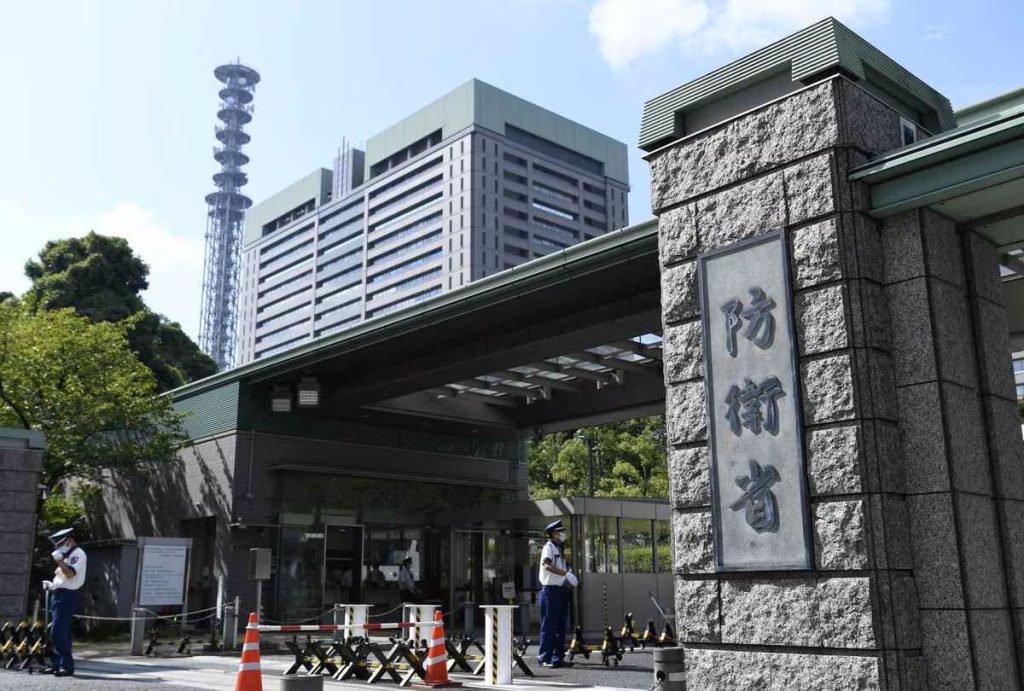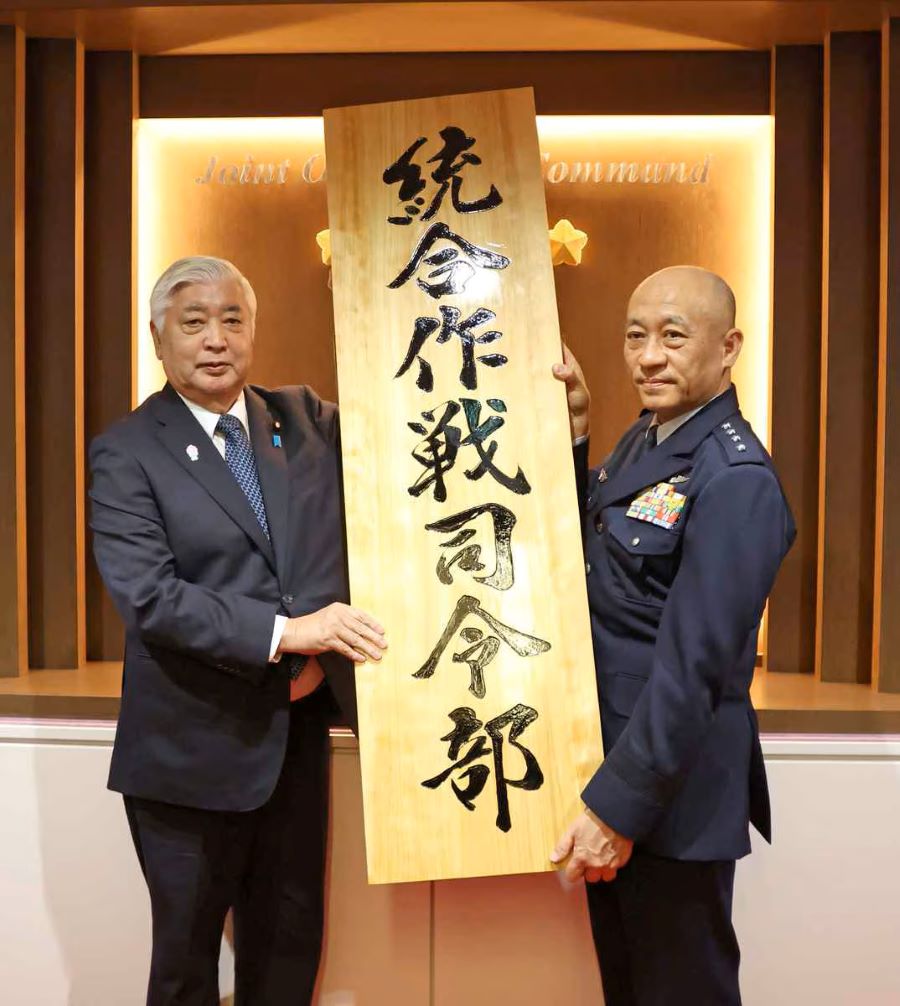
Ministry of Defense, Ichigaya Gate
このページを 日本語 で読む
On March 24, Japan launched the Joint Operations Command (JOC). It is the first permanent organization within the Ministry of Defense to exercise unified command of the Ground, Maritime, and Air Self-Defense Forces.
The new command will be housed within the ministry's headquarters in the Ichigaya district of Tokyo. It will have a staff of 240, and its first commander will be Lt General Kenichiro Nagumo, vice chief of staff at the Joint Staff of the Self-Defense Forces (SDF).
The new headquarters will centralize operational command of the three branches of Japan's military. This will help ensure vigilance during peacetime. Moreover, it will facilitate the dispatch of units to assist in extraordinary times, such as disasters, gray zone situations, and defense emergencies. We welcome the establishment of this permanent unified command for the SDF.

The New Joint Structure
Even if the scale of SDF forces and equipment remains the same, these enhanced integrated operational capabilities will increase deterrence. They will also facilitate the nation's ability to deal with various situations.
The Joint Operations Command will need to function smoothly to protect the peace. Hopefully, by acquiring operational experience in peacetime, the new headquarters will strengthen its ability to deal with emergency situations and disasters.
Acquiring integrated operational capabilities has been a long-standing challenge for Japan.
During the Pacific War, the Imperial Japanese Army and Navy were often at loggerheads. Consequently, they failed to coordinate and execute joint operations effectively. In 1943, there was an instance in which a joint force was formed in the Central Pacific theater with an army unit under the command of the navy. However, that attempt failed because there were parallel military commands in Tokyo that respectively controlled the army and navy military operations.

Establishing Authority and Responsibility
Today, the need for joint operations is even greater. Earlier, the Joint Staff Office (JSO), headed by a chief of staff, was established in 2006. Up to now, it has essentially had overall responsibility for joint operations.
However, that system only allowed for a joint command organization on an as-needed basis. Difficulties in responsiveness were encountered. The Chief of Staff was also responsible for assisting the Minister of Defense from a military standpoint and explaining situations to the Prime Minister. Therefore, he was not in a position to devote all his energy to coordinating actual operations.
The new Joint Operations Command has responsibility for unit operations in normal and extraordinary times. Also, with the new JOC chief handling operations, the Chief of Staff can now concentrate on assisting the defense minister and managing other duties. The Joint Operations Commander will have the rank of a four-star general or the equivalent in the military forces of other countries. This is also like the Chief of Staff and commanders of the three branches of the SDF.

Reorganization of US Forces Japan
Meanwhile, the United States military is planning to reorganize the headquarters of US Forces Japan. Currently, this is under the Hawaii-headquartered Indo-Pacific Command. It will be divided into a joint operations command that would serve as a counterpart to the SDF Joint Operations Command.
However, American media has reported that the Trump administration is considering suspending the proposed reinforcement of US troops in Japan to cut spending. For the sake of greater collaboration within the Japan-US alliance, we would like to see the US proceed with the reorganization of its operational commands.
RELATED:
- Secretary of Defense Pete Hegseth Needs a To-Do List For Japan
- Why Japan's New Joint Operations Command Is a Strategic Milestone
- US Forces Japan: Send An American 'Four-Star' or a Winner?
Author: Editorial Board, The Sankei Shimbun
このページを 日本語 で読む






